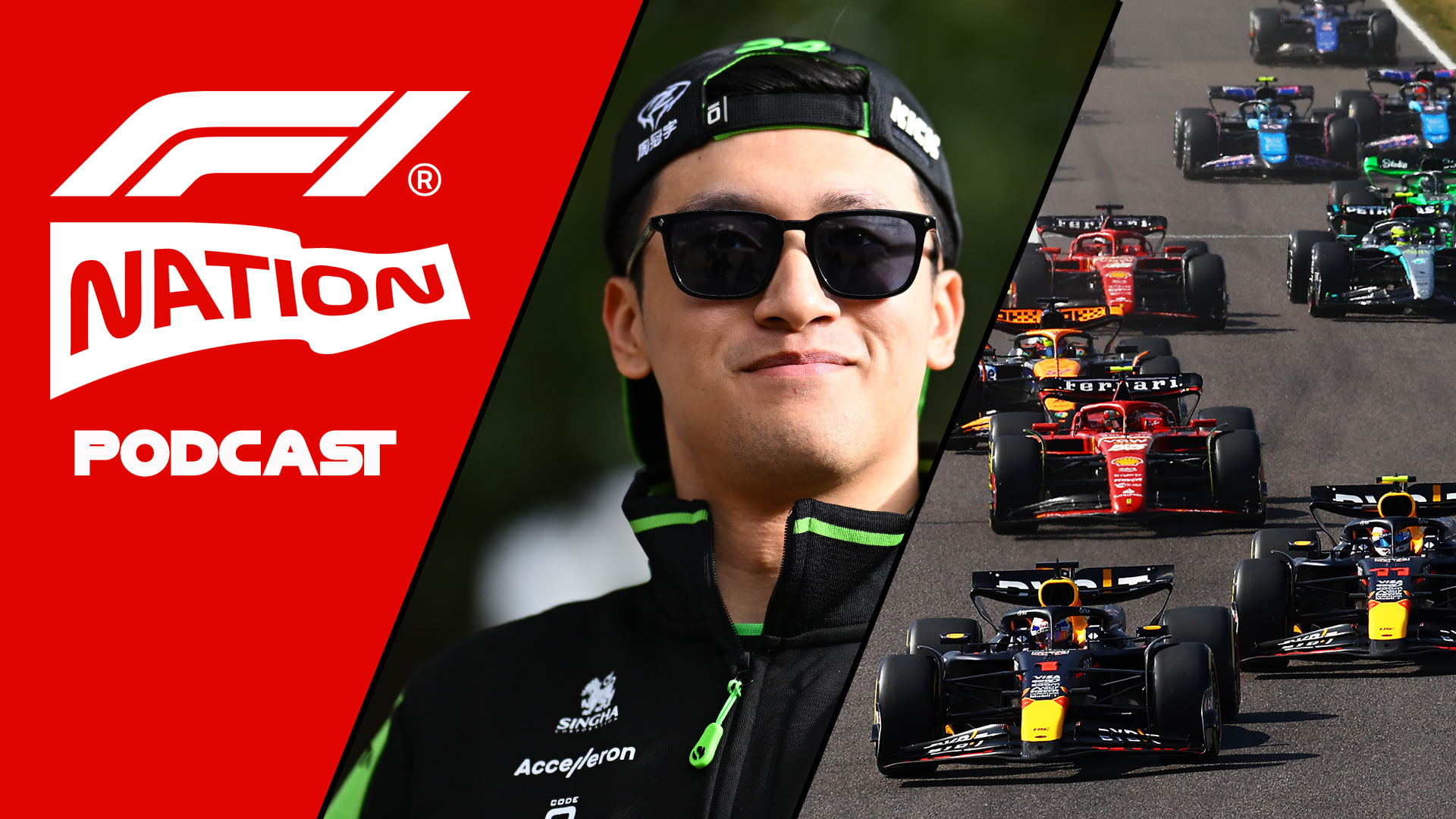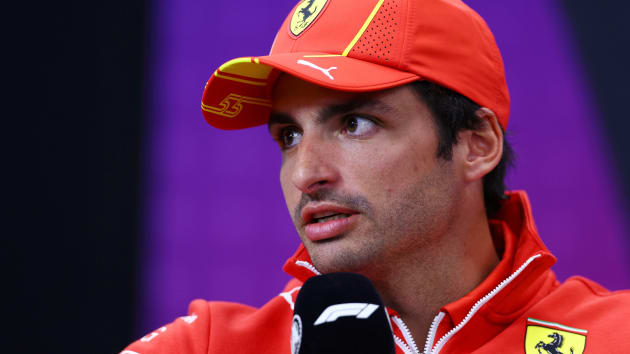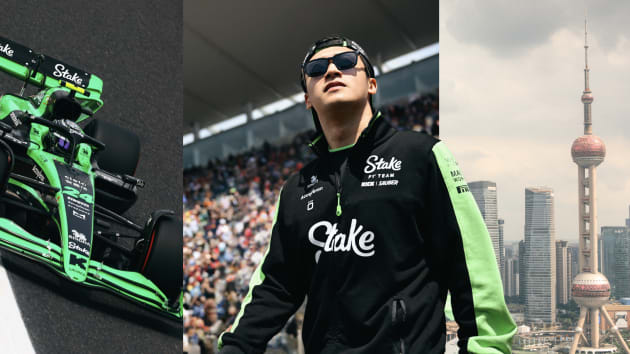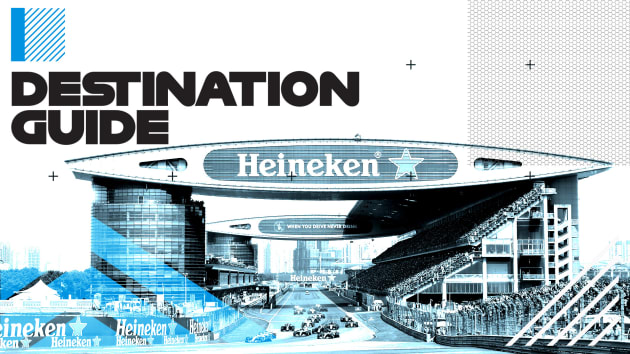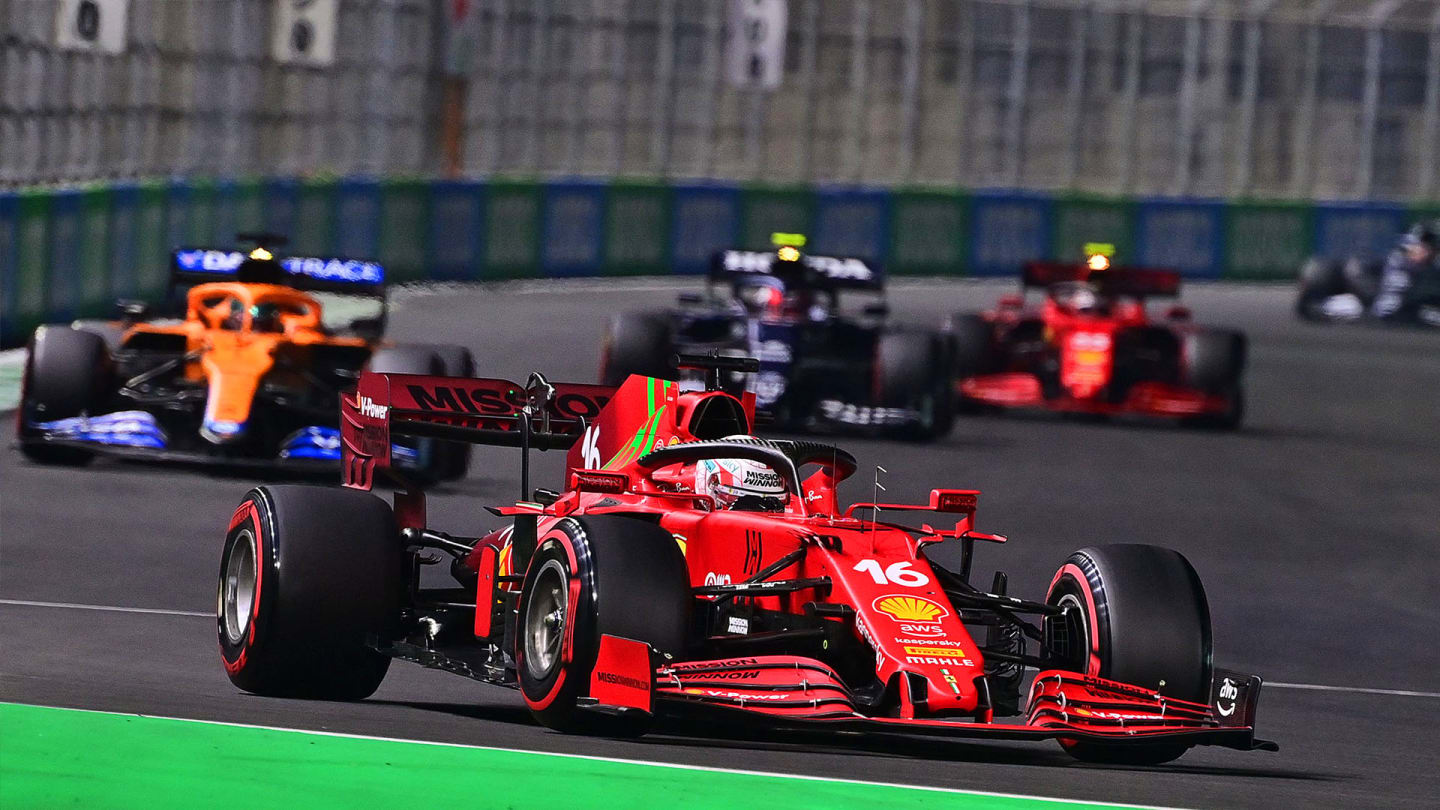
Feature
STRATEGY GUIDE: What are the possible race strategies for the Saudi Arabian Grand Prix?

Special Contributor
Chris MedlandShare

A street circuit usually favours track position, and the newest one on the calendar is no different, so we take a look at what that means for the different strategic options that are available to the teams ahead of today’s inaugural Saudi Arabian Grand Prix at the Jeddah Corniche Circuit.
What are the likely strategies for the frontrunners?
It's a pretty simple equation for most of the cars at the front, with the medium compound the starting tyre and a one-stop strategy the aim.
By starting on the medium tyre, the teams have opened up more flexibility for their first stint, with an ideal pit window of between Lap 21 and 26 before switching to the hard tyre and going to the end of the race. The flexibility comes as a result of the hard being predicted to be able to do more than that distance, so if there is an incident that necessitates a stop after Lap 15, we could well see the hards put on at that early stage.
And an incident could well be likely on the street circuit, where the chances of a Safety Car are higher. We have no historical data for an F1 race in Jeddah, but Saturday’s two F2 races both required Safety Car interventions.
While an early Safety Car might make the hard stint a longer one, the frontrunners all have a second set of mediums tyres (or a set of softs) available to use at the end of the race if there's a late interruption that offers a free pit stop.
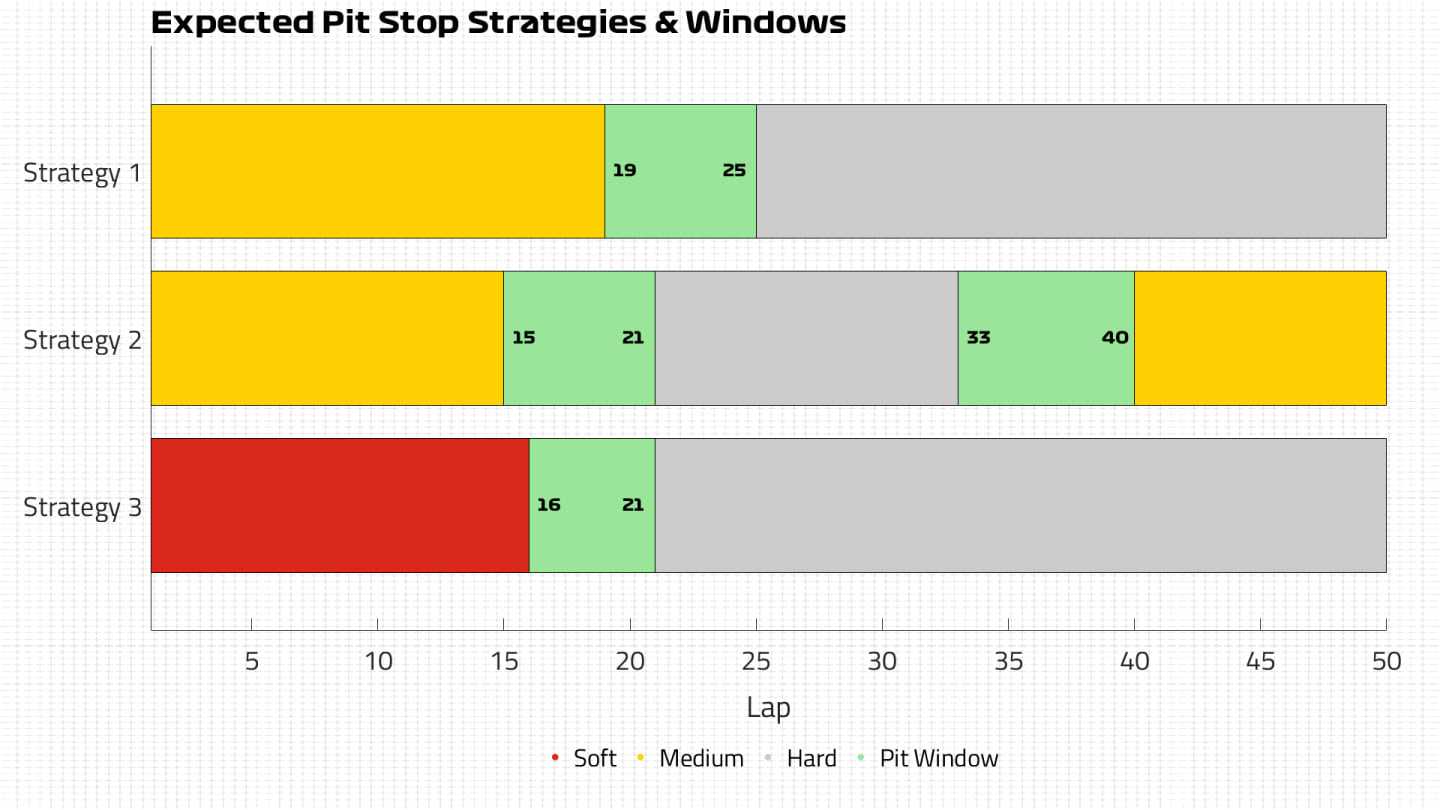
How about the rest of the top 10?
Only Lando Norris definitely has to do something different out of the top 10, as he was the only driver to reach Q3 on the soft compound, and therefore starts on that set. Norris needed the softs to be sure of a spot in the top 10, but the downside is he doesn't have the flexibility that the cars around him have for his first stint.
Norris will need to do some tyre management to try and make his softs last until around Lap 17, when he could aim for a one-stop strategy switching to the hard compound. He should get a bit of a gain off the line that could help his track position, but his first stint pace could take a hit.
A different strategy Norris does have open to him – although it's unlikely – is soft-medium-medium, as he has two sets of medium tyres left for the race. The two-stop is not likely to be the initial plan for anyone as they prioritise track position, but Norris could also go soft-hard-medium if there's an early Safety Car, taking advantage of the chance to get rid of his soft tyres at the first chance.
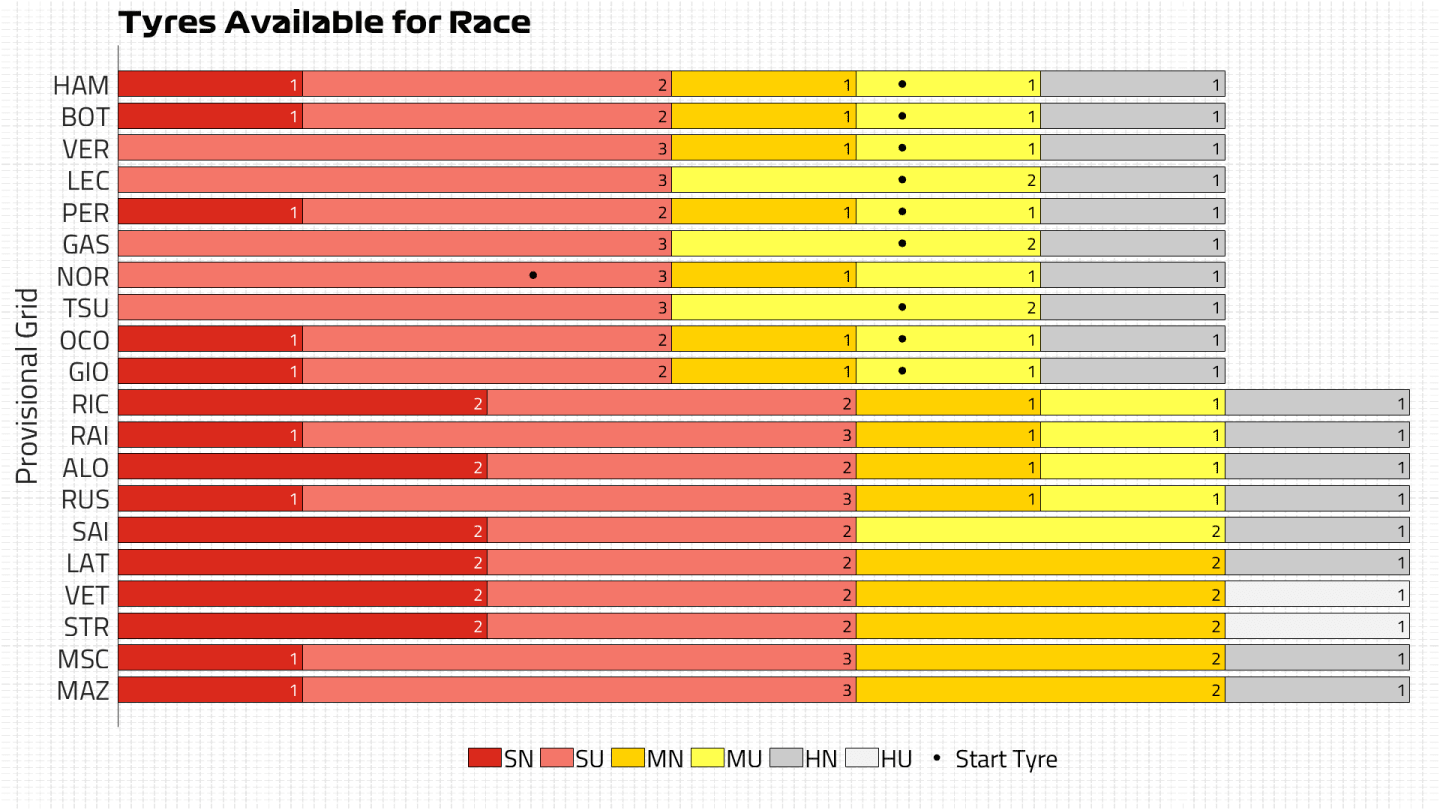
What are the options for the bottom half of the field?
The medium tyre is still likely to be the preferred starting compound even for those outside the top 10, because of the flexibility mentioned above. Teams with a free choice of tyres often want to do something different from those ahead, especially where overtaking is difficult, in order to try and gain track position through strategy. But the soft requires too much pace management on high fuel, and the warm-up on the hard tyre would make the first few laps difficult for anyone in the pack.
The likes of Aston Martin might well consider the hard tyre to start on, however, because they have little to lose and potentially a lot to gain. The opening couple of laps would be tough but once the tyre gets up to temperature it is a very consistent compound to run on, and both Sebastian Vettel and Lance Stroll – 17th and 18th respectively – have very little track position to lose at the start.
The consistency and longevity of the hard would let them run long and gain positions as other drivers have to make pit stops before them, plus any surprises in terms of tyre life would be less costly as they’d be planning to make a pit stop anyway, whereas those running the hards to the end would be desperate to avoid a second stop.
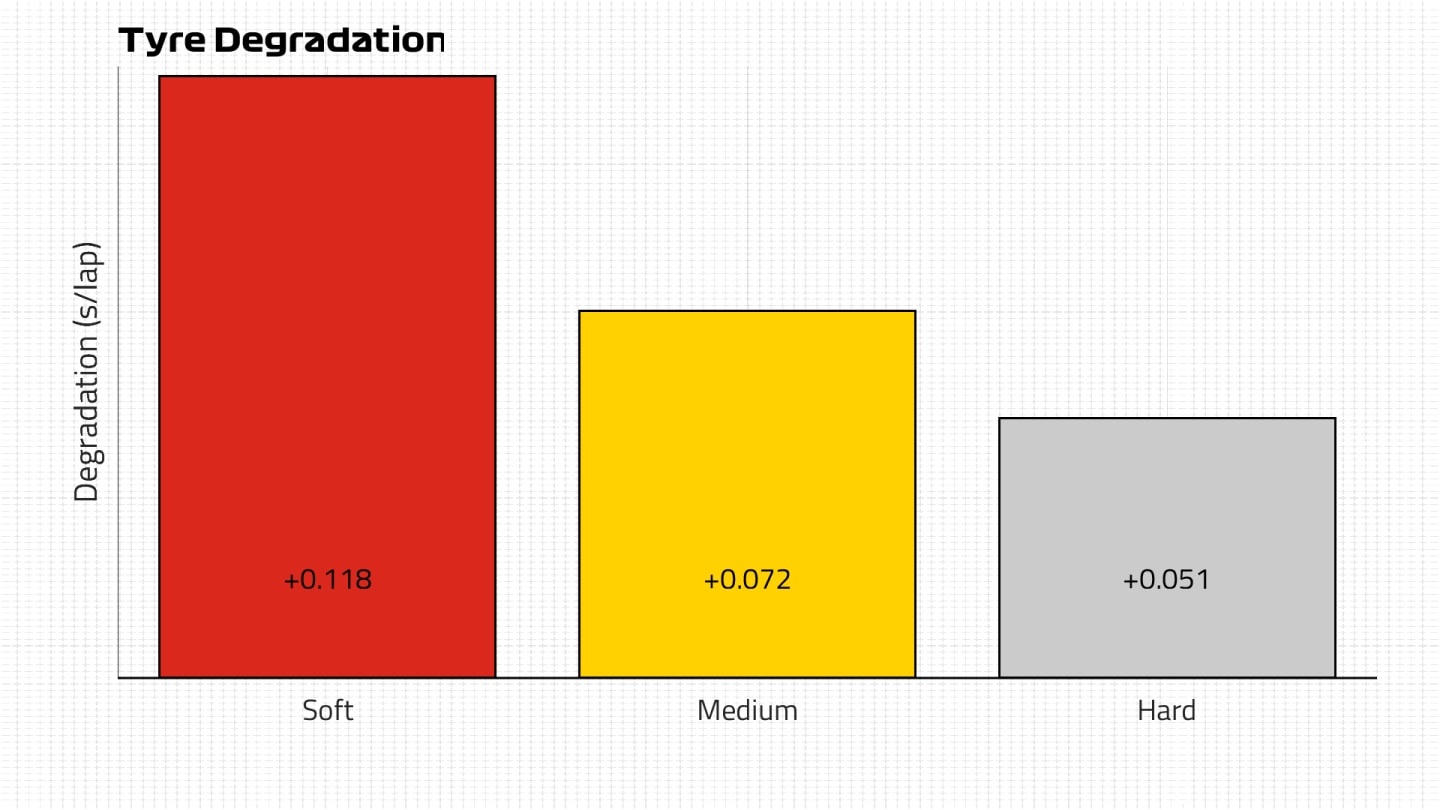
That's an important consideration given the lack of long running that now takes place on a Friday, which means the longest stint seen on the hard tyre so far is 19 laps, and anything beyond that is an educated guess.
With every driver having two sets of mediums available as well, an early Safety Car could see the hards ditched at the first chance to run two stints on mediums – of around 20-25 laps each – and the need to run two compounds successfully achieved.
Wait, but what’s the weather doing?
A bit like Qatar, there are no surprises when it comes to the weather. Jeddah has seen particularly consistent conditions throughout the race weekend so far, particularly when it comes to the sun going down. The temperature has not dropped significantly between running in sunshine or running under floodlights, with air temperature still remaining above 30C.
WATCH: Ride onboard with Hamilton as he snatches the first-ever Saudi Arabian Grand Prix pole
That means the track temperature stays quite high, and drivers do need to be wary of sliding that could lead to overheating. One unique aspect of the Jeddah track are the long sweeping sections that include two DRS zones, with only the pit straight an actual straight.
Should a following car lose downforce even in these areas, the tyres can slide slightly and that will cause the surface to overheat, requiring them to drop back to find clear air.
YOU MIGHT ALSO LIKE
News Sainz concedes his F1 future could be dependent on others as he looks to ‘keep pushing’ for next drive
Feature COLUMN: Zhou Guanyu on his home Grand Prix, being an inspiration to others and his eye on the future
News F1 FANTASY: Take on Zhou in the Shanghai Showdown
Feature DESTINATION GUIDE: What fans can eat, see and do when they visit Shanghai for the Chinese Grand Prix
